Take the First Step For Estimate!
- Accurancy
- Efficiency
- Transparency
- Customization
- Time Saving
- Professionalism
- Cost Control
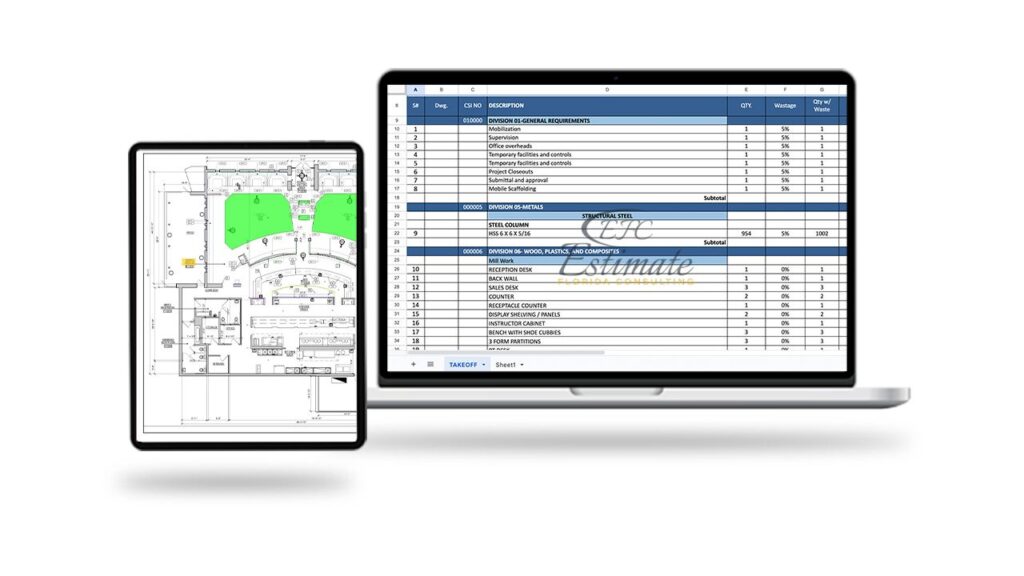
Spray foam insulation, a marvel of modern technology, not only enhances home efficiency but also plays a crucial role in sustainable living. For a 2500 sq ft house, the cost intricacies of spray foam insulation are influenced by factors like material choice and labor rates, typically ranging from $3,000 to $7,500, averaging around $5,250. This article aims to provide a nuanced understanding of these costs, alongside the historical evolution and long-term benefits of spray foam insulation. As we delve into the transformation from traditional to advanced insulation methods, we uncover how technological advancements have refined its cost-effectiveness, making it a pivotal element in green building practices.
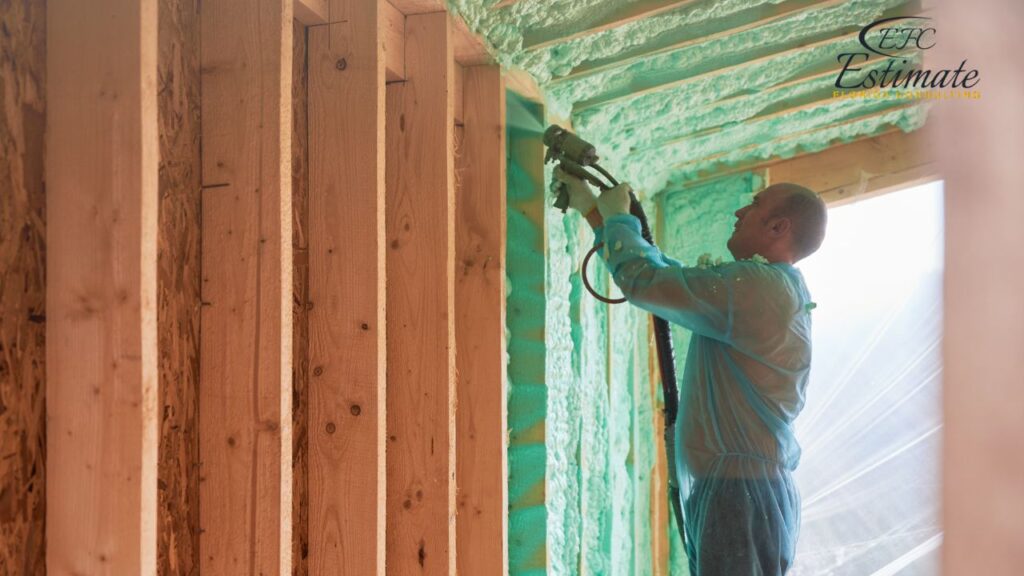

Spray foam insulation comes in two primary types: open-cell and closed-cell. The chemical composition of these foams, including their expansion properties and material characteristics, plays a crucial role in their performance. Understanding the R-value, which measures the insulation’s thermal resistance, is essential for homeowners seeking optimal energy efficiency. In this section, we’ll also explore the application methods, taking a closer look at the spray foam process and the technology behind this application. Innovations in spray foam insulation will be discussed, shedding light on how these advancements may influence overall costs.
The cost of spray foam insulation is a multifaceted equation. Beyond basic square footage, factors such as insulation thickness, the chosen type of spray foam, area size and complexity, regional climatic considerations, labor costs, and expertise all contribute to the final expenses. A holistic understanding of these factors empowers homeowners to make informed decisions aligned with their budget. Additionally, we’ll touch on market trends that can influence the overall cost landscape and discuss economic factors that may impact insulation costs.
Breaking down the costs based on thickness reveals the nuanced pricing structure. We’ll explore the costs associated with 1-inch, 2-inch, and 3-inch thicknesses, providing readers with a detailed overview.
Thickness | R-Value | Cost per Square Foot (Open-Cell) | Cost per Square Foot (Closed-Cell) |
1 inch | 3.5–3.8 | $0.44–$1.50 | $1.25–$2.90 |
2 inches | 7–7.6 | $0.88–$3.00 | $2.50–$5.80 |
3 inches | 10.5–11.4 | $1.30–$4.50 | $3.75–$8.70 |
In-depth analysis of cost variations between open-cell and closed-cell foam. Real-world examples showcasing cost-effectiveness. Comparison with traditional insulation costs. The impact of technological advancements on cost.
The average cost per square foot is influenced by various factors. Case studies are employed to showcase the price range based on different influencing factors, allowing readers to gain a practical understanding of potential costs. The article will also offer tips on negotiating costs, ensuring readers can maximize their investment and secure the best value for their insulation project. A long-term cost analysis, considering payback periods, will provide insight into the financial sustainability of spray foam insulation. Economic indicators affecting average costs will be discussed, offering readers a broader economic context.
Factor | Impact on Cost |
Type of Spray Foam | Open-cell typically less expensive than closed-cell |
Area Size and Complexity | Larger areas and complex installations may cost more |
Insulation Thickness | Thicker insulation generally costs more but offers higher R-values |
Location | Installation costs can vary based on the area being insulated |
Labor Costs and Expertise | Skilled labor and expertise can contribute to higher costs |
Market Trends and Economic Factors | Influences on material costs and overall market conditions |
Installation costs are not uniform and are influenced by several factors. The chosen type of spray foam, area size and complexity, insulation thickness, and regional variations in labor costs all contribute to the overall installation cost. Recognizing how these factors interplay aids homeowners in estimating the total cost accurately. Additionally, we’ll delve into regulatory considerations that can impact installation costs, providing a comprehensive view of the financial landscape.
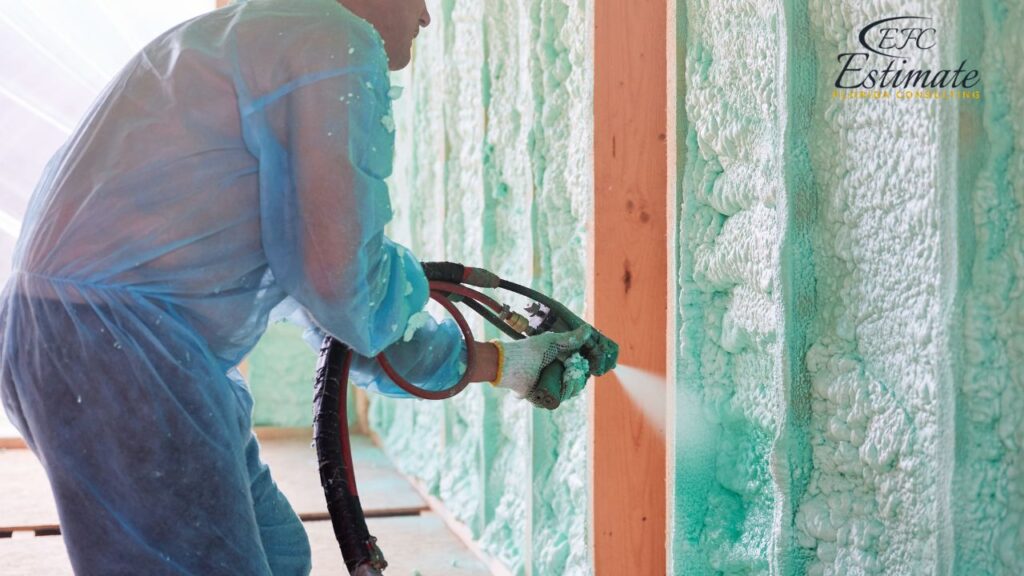
Factor | Impact on Installation Cost |
Type of Spray Foam | Closed-cell foam may require more skill and labor, affecting costs |
Area Size and Complexity | Larger or complex areas may involve more labor and expertise |
Insulation Thickness | Thicker insulation may require more precise installation |
Regional Variations in Labor Costs | Labor costs can vary based on the location of the project |
Regulatory Considerations | Compliance with regulations may add to installation costs |
Innovations in Installation Techniques | New techniques may impact installation efficiency and costs |
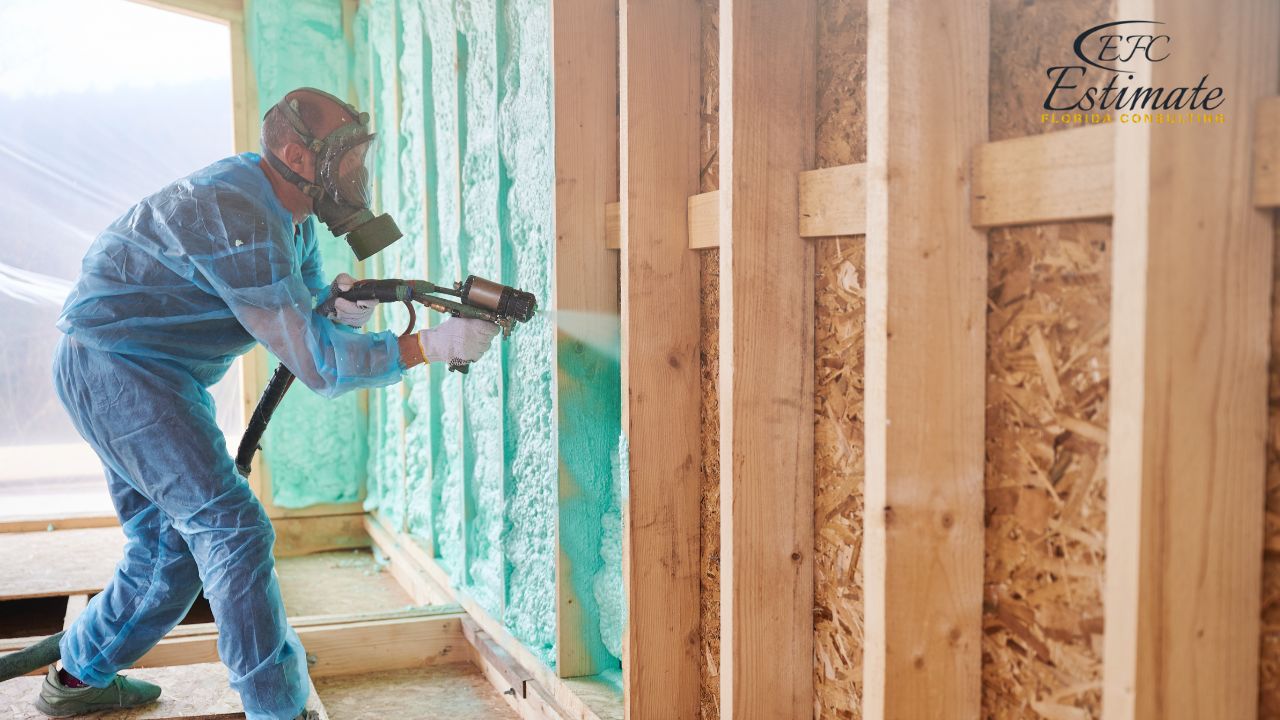
Fully Insured Licensed Hire Sub-Contractor For Spray Foam Insulatin
Hire Contractor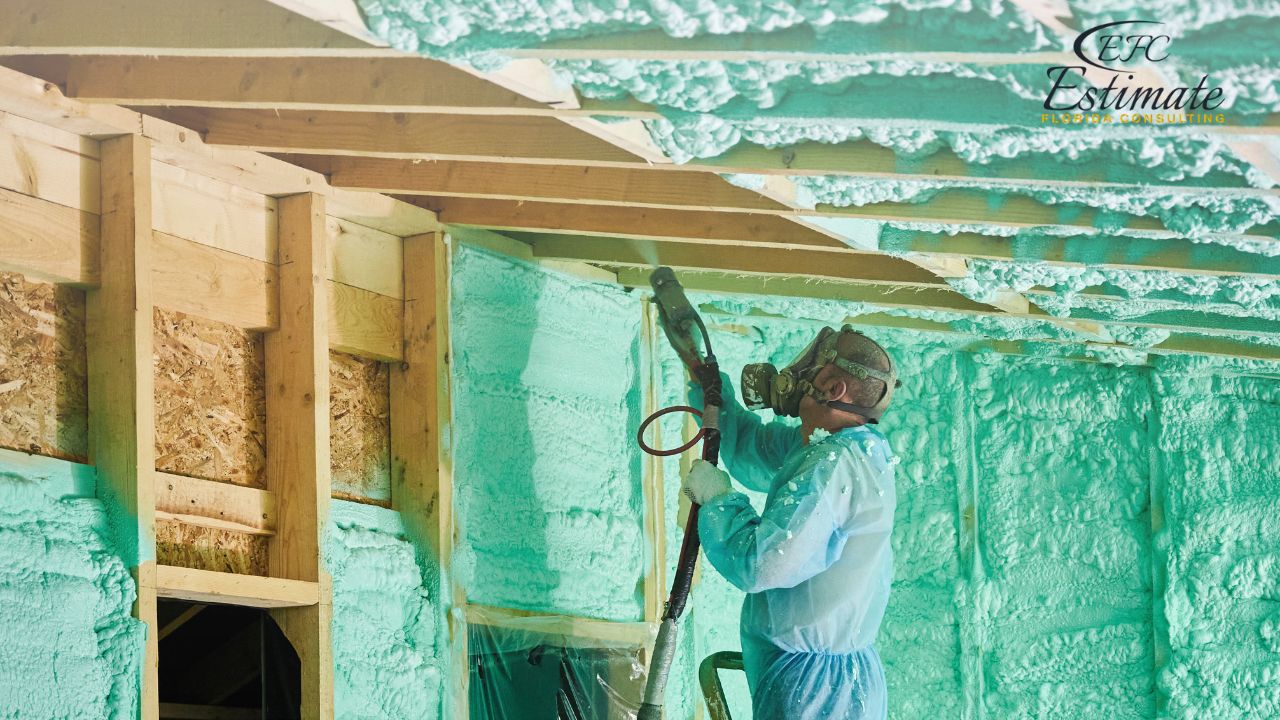
Make Informed Design Decisions Showcase Your Design Ideas
Get RenderingSpray foam insulation offers a myriad of benefits beyond cost considerations. We’ll conduct a comprehensive exploration of energy efficiency improvements, discussing how spray foam contributes to long-term cost savings and a significant return on investment. The article will also highlight the insulation’s role in reducing carbon footprint and contributing to environmental benefits. Scientifically-backed insights on improved indoor air quality, enhanced structural integrity, and durability will be provided to offer a holistic view of the advantages. Health benefits associated with improved insulation will be discussed, considering recent research findings.
Selecting the appropriate insulation thickness involves a nuanced understanding of specific areas within a house and their unique insulation needs. We’ll analyze the role of local climate in determining the most effective insulation thickness and provide guidance on balancing upfront costs with long-term energy savings. The article will also explore customization options based on household needs and preferences, ensuring homeowners can tailor their insulation to specific requirements. Technological tools for assessing optimal insulation thickness will be introduced, offering readers practical solutions for making informed decisions.
The choice between open-cell and closed-cell insulation is explored in-depth, focusing on R-value differences and their practical implications. We’ll delve into the thermal resistance advantages of closed-cell foam, discussing how it excels in moisture control, fire resistance, and even structural enhancement. Real-world scenarios will be presented to illustrate the choice between open-cell and closed-cell foam, helping homeowners make informed decisions based on their unique requirements. Additionally, technological advancements influencing the comparison will be discussed, providing readers with the latest information.
The decision between professional installation and a do-it-yourself (DIY) approach is not only a matter of cost but also involves weighing the pros and cons. An extensive exploration of the pros and cons of professional installation will be provided. Additionally, a step-by-step guide will be offered for homeowners considering a DIY approach. Safety precautions, potential challenges, and success factors for DIY projects will be thoroughly discussed. The article will also analyze the cost savings associated with DIY versus the expertise offered by professional installation. Online resources and recent advancements aiding DIY installations will be introduced, empowering readers to make well-informed choices.
Misconceptions surrounding health concerns, safety, durability, and application effectiveness will be addressed. Clearing up these myths ensures that homeowners have accurate information to base their decisions on, fostering a better understanding of the insulation method. Furthermore, industry misconceptions and the process of dispelling misinformation will be explored, providing readers with a well-rounded perspective. Advancements in addressing and rectifying common misconceptions will be discussed, emphasizing the evolving nature of the industry.
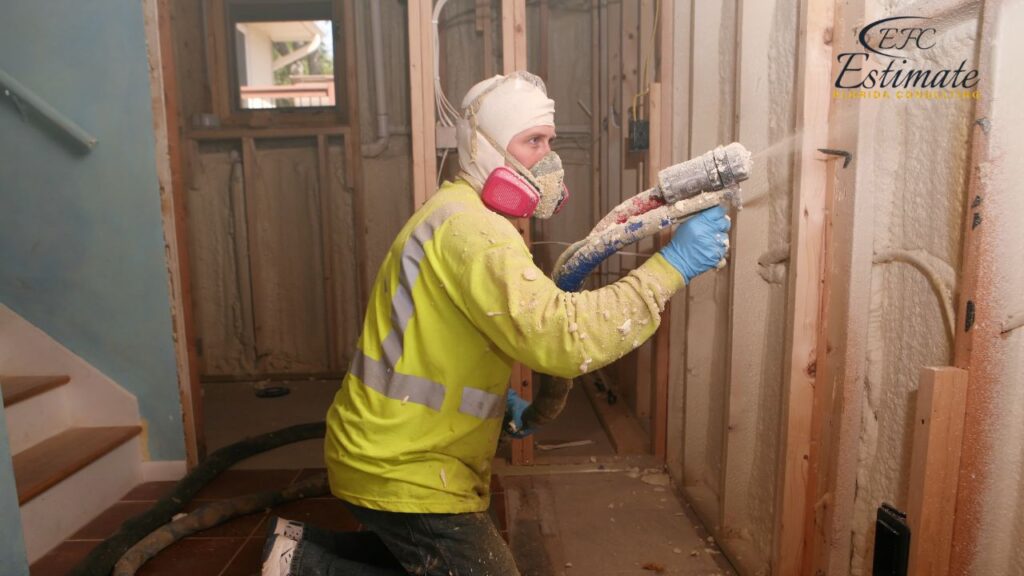
The article will conduct a detailed examination of the eco-friendly aspects of spray foam insulation. Comparisons with traditional insulation materials and their environmental footprint will be explored, allowing readers to appreciate the sustainability of spray foam. Responsible disposal practices and recycling options for spray foam insulation will be discussed, offering insights into its overall environmental impact. Emerging green technologies and innovations in spray foam insulation will also be touched upon, providing a glimpse into the future of environmentally conscious insulation. Industry initiatives for sustainability and environmental responsibility will be highlighted, emphasizing the collective efforts to reduce the ecological impact of insulation.
For homeowners seeking cost-effective solutions, this section will provide practical tips. These include utilizing energy-efficient windows and doors to complement insulation efforts, investigating available tax credits, rebates, and financial incentives, and offering DIY tips for cost-conscious homeowners without compromising quality. Bulk purchasing and negotiation strategies for material cost savings will be discussed, empowering readers to make financially savvy decisions when planning their insulation projects. Additionally, utilizing smart home technology for energy efficiency and cost savings will be explored, introducing readers to innovative solutions for optimizing their living spaces.
Navigating the intricacies of spray foam insulation costs demands a comprehensive understanding of the various factors at play. By summarizing key points, encouraging readers to assess their unique needs, and reinforcing the long-term benefits of spray foam insulation for residential spaces, the article aims to empower homeowners to make informed decisions. Future trends and innovations in spray foam technology will be briefly touched upon, offering a glimpse into what homeowners can expect in the evolving landscape of insulation.
Yes, the long-term benefits often outweigh the initial cost, including energy savings and enhanced comfort. Understanding the comprehensive benefits, including environmental impact, is crucial for evaluating its overall worth.
While possible, professional installation ensures optimal results and safety. DIYers should exercise caution and be well-informed about the process and potential challenges.
Thicker insulation generally costs more but offers higher R-values, leading to enhanced efficiency and comfort. The article will provide a detailed explanation of the cost implications associated with different insulation thicknesses.
Spray foam can be environmentally friendly, with considerations for proper disposal and potential recyclability. The article will delve into the eco-friendly aspects of spray foam insulation, providing readers with a comprehensive understanding of its environmental impact.
Some regions offer incentives or rebates for energy-efficient home improvements. The article will guide readers on exploring available government incentives, tax credits, and rebates to maximize cost savings.
Here I am going to share some steps to get a 2500 sq ft house insulation spray foam cost estimate report.
You can send us your plan on info@estimatorflorida.com
Before starting your project, we send you a quote for your service. That quote will have detailed information about your project. Here you will get information about the size, difficulty, complexity and bid date when determining pricing.
Our team will takeoff and estimate your project. When we deliver you’ll receive a PDF and an Excel file of your estimate. We can also offer construction lead generation services for the jobs you’d like to pursue further.

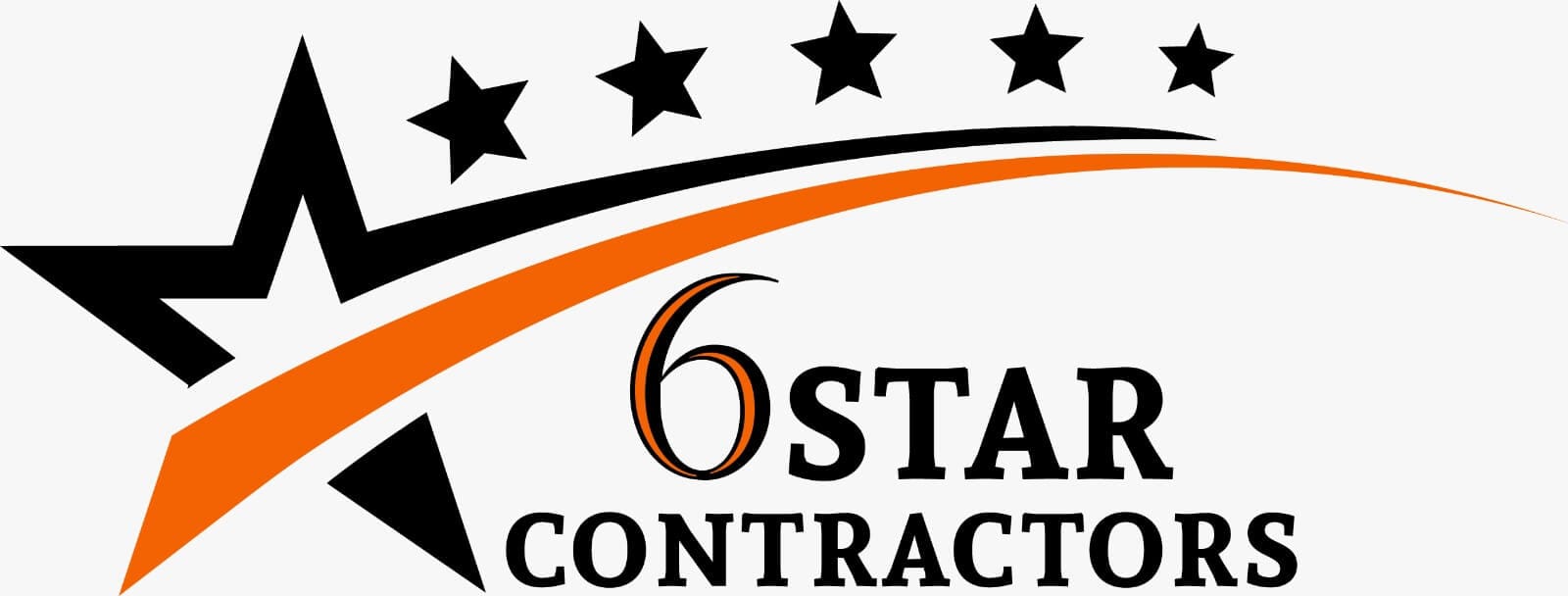

561-530-2845
info@estimatorflorida.com
Address
5245 Wiles Rd Apt 3-102 St. Pete Beach, FL 33073 United States
561-530-2845
info@estimatorflorida.com
Address
5245 Wiles Rd Apt 3-102 St. Pete Beach, FL 33073 United States
All copyright © Reserved | Designed By V Marketing Media | Disclaimer